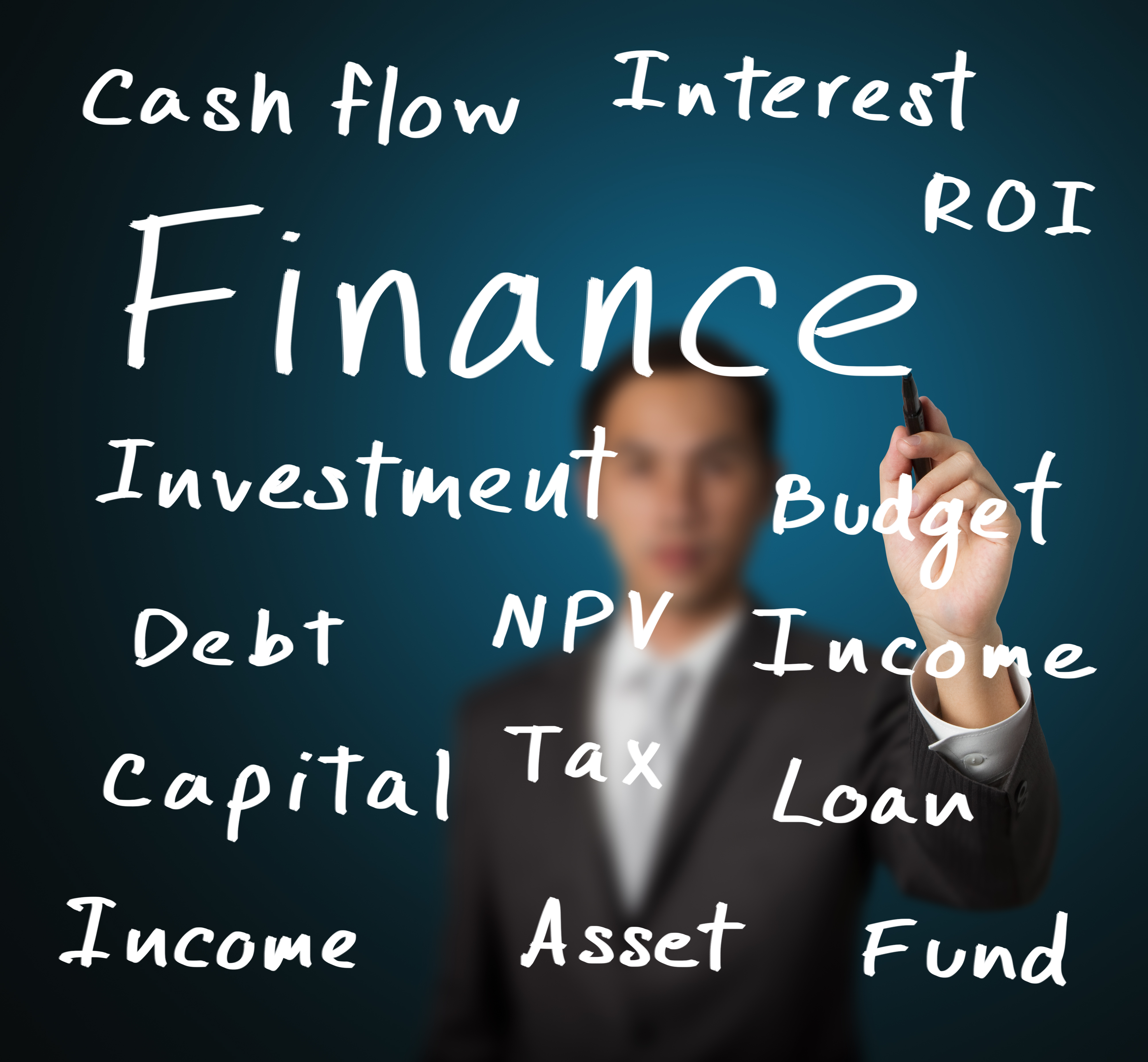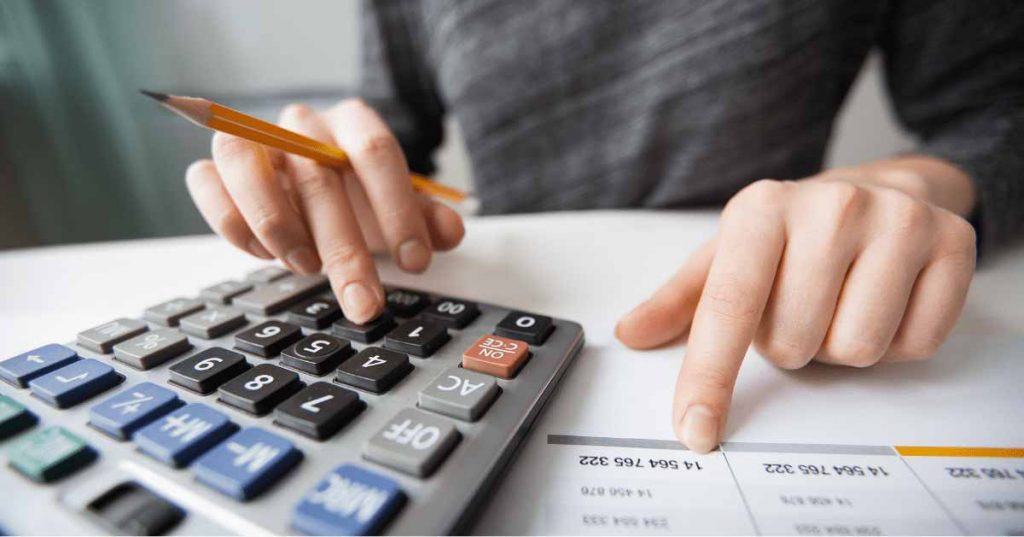
Are you an aspiring entrepreneur?
Many of us dream of owning and running our own business one day. Making the decision of doing so, is no small feat though. You must learn the ropes of daily operations and management while each day brings new challenges as well as opportunities. It is important for you to familiarize your self with business, finance, accounting, regulatory requirements and a whole range of other subjects. While nothing comes easy, your hard work (with a little bit of luck!) will pay off.
Planning to pursue the exciting life of an entrepreneur soon? Let us help you get familiarised with the top financial terms and subjects business owners should know about.
Assets
Assets are resources with economic value that your business owns. There are 6 different types of assets in a business, each having its own characteristics.
Current Assets
Any liquid asset that can be easily converted into cash. For example, the money in your business account, inventory and stocks.
Fixed Assets
Assets that are fixed in nature and require significant time and complex procedures to be turned into cash. For example, your office furniture, the computer you work on or any real estate your business owns.
Tangible Assets
Anything you can touch and see such as cash money, machinery and equipment.
Intangible Assets
These are assets you cannot touch or see but still are very real in terms of economic value such as your brand or trademark.
Operating Assets
Assets you are using in your day-to-day business operations such as your printer, laptop, factory machinery and even cash.
Non-Operating Assets
Assets that indirectly contribute to the sale of your products and services such as patents, copyrights and trademarks.
Liabilities
Opposite to assets, liabilities are things you owe to external parties. Let’s look at the 3 distinct liabilities that exist in a business:
Current Liabilities
Short term debts need to be repaid in less than a year. For example, the money you owe to suppliers or vendors for purchasing inventory from them on credit.
Non-current Liabilities
Long term liabilities that take more than a year to repay such as leases, mortgages and business loans.
Expenses
Expenses represent the money you spend to run your day-to-day business such as rent, staff salaries, utilities and more. Keep track of your spending and automate your business solutions to keep your expenses low.
Accounts Receivables
Accounts receivable are the outstanding invoices a company has. They represent a line of credit extended to a company or individual and would normally include terms that require a payment’s due. An example of accounts receivable would be post-paid phone bills. Telco operators allow customers to use their services first before billing them at the end of the month. They will keep a record of unpaid invoices and will follow up with customers until all outstanding receivables have been paid.
Cash Flow
Cash is king!
Cash flow tracks the movement of all your funds on a monthly basis. Cash inflows represent money coming in your business such as your sales revenue, while cash outflows, on the other hand, represent the money going out of your account. Examples of outflows could be office rent, office supplies, salaries and many other regular expenses.
Cash flow is crucial to measure how your business performs. If your net cash flow (cash inflows minus (-) cash outflows) is positive, then your company is liquid and financially healthy.
In case cash flow becomes negative, a business owner must act and ensure accounts receivable get paid while expenses are being reduced. Don’t forget that a business can be perfectly profitable but still go bankrupt purely because of cash flow challenges.

Profit and Loss
The profit & loss (P&L) or income statement summarises the revenues, costs and expenses incurred during a specified period of time. It offers insights about profitability and/or loss and gives a clear overview of the overall company performance on a monthly, quarterly or yearly basis. The P&L is the key performance driver of any young entrepreneur.
Net Profit
Net profit is a key componenet of the income statement. It represents the total earnings or net income you have earned over a given period. The net profit reveals whether your business earnings are increasing or decreasing and whether your company is making a profit or not.
Let’s imagine you are selling t-shirts online. The revenue earned from selling t-shirts is your income. The fabric you bought to make the t-shirts can be considered your direct expense. The office rent, utilities, staff costs and more, are considered indirect expenses. When you subtract your expenses from all your income, you get a view of your profit and/or loss
Profit/Loss = income – direct & indirect expenses
If the balance is positive, it means you have made a profit. It the balance is negative, it means you have made a loss.
Your business should always aim to maximize revenues and minimize costs, to maximize positive net profits.
As a young entrepreneur, getting acquainted with the most important financial lingo already puts you one step ahead of your competitors. Running a business is an upward learning curve. There are new problems to solve and new things to learn daily. Equipping yourself with the basic terms, will help to sharpen your financial knowledge and knowledge is power.
We understand that it is not easy to digest all the terms in one go, so be sure to bookmark this page and revisit it when you need a handy reference guide. Eventually, as you learn to master these terms, you can focus on putting your knowledge to use and grow your business. Good luck!
